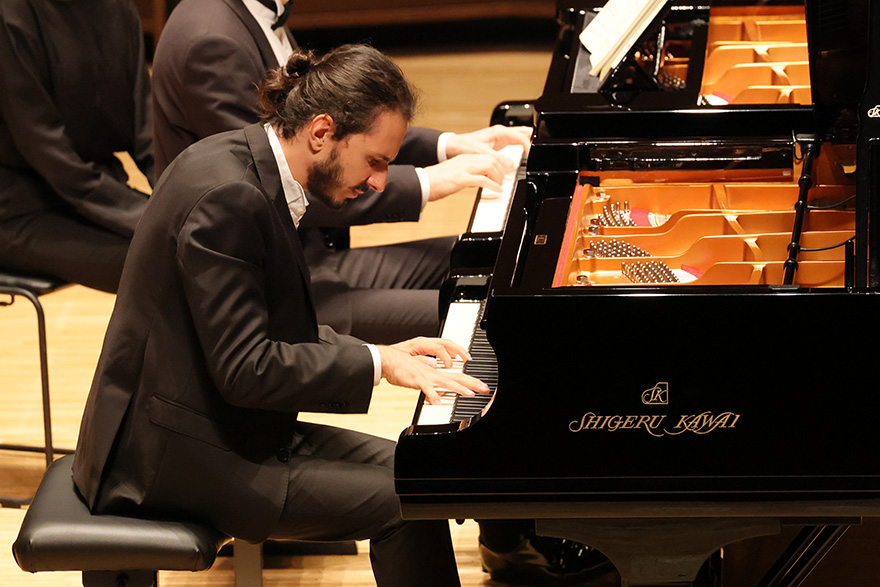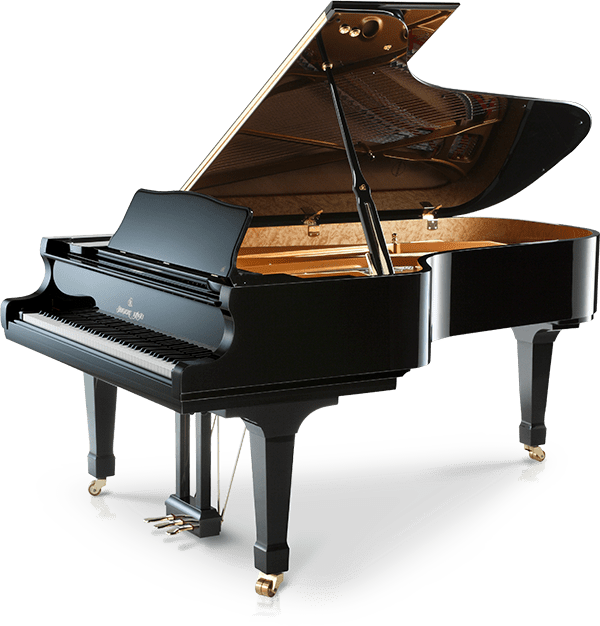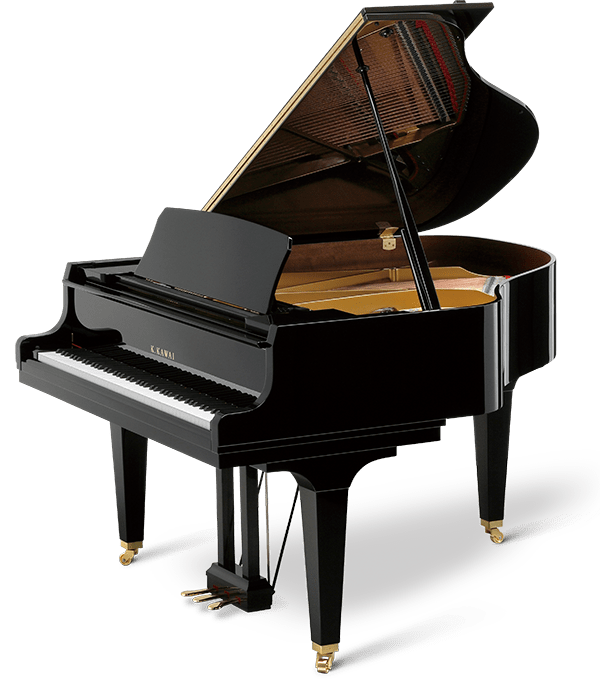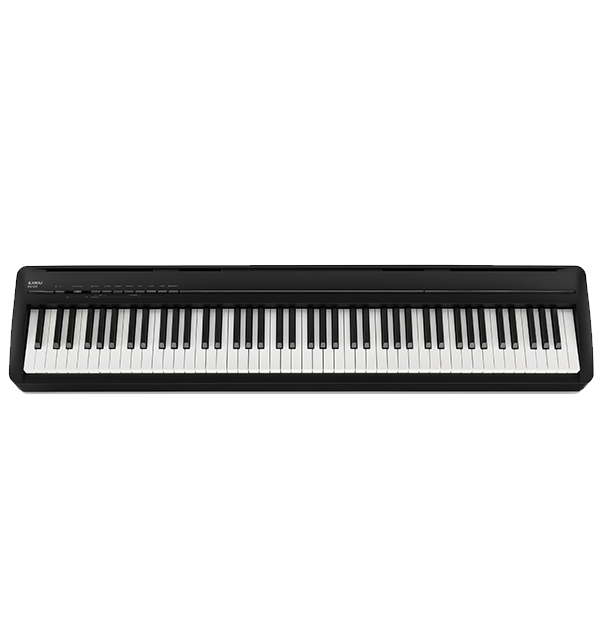What ‘School of Piano playing’ are you?
Have you ever done a deep dive into your ‘pianistic heritage’ or wondered where your style, technique, or performance practices come from? We investigate the most notable piano traditions. Which of these resonates with you the most?
The world of piano playing is marked by a variety of pedagogical traditions, often referred to as “schools”. Several studies have shown that it is possible to identify major trends in piano performance based on aesthetics, techniques, and interpretational approaches to things like tempo, tone, and polyphonic clearness (European Piano School). This article delves into the characteristics, strengths, and potential weaknesses of the most prominent schools: the Russian, French, English, German, Italian, and the more modern Taubman Method.
The Russian School
The Russian School of piano playing is renowned for its focus on technical precision and physicality. Emerging during the Soviet era, it emphasised producing competition winners and promoting national prestige through music. The Russian technique is characterised by a powerful, orchestral sound achieved through the use of the entire arm rather than just the fingers. This approach allows pianists to produce a deep, resonant tone with a strong dynamic range.
One of the distinguishing features of the Russian School is its emphasis on polyphonic texture. Russian pianists are trained to create a multi-layered sound, with each voice in the music clearly articulated and dynamically independent. This technique is particularly effective in compositions by Rachmaninoff and Prokofiev, where the interplay of different musical lines creates a rich, immersive experience (Russian Piano School) (Interlude Magazine).
However, critics argue that the Russian School can sometimes prioritise technical prowess over musicality, leading to performances that may lack emotional subtlety. Despite this, the Russian School has produced many legendary pianists, including Sergei Rachmaninoff, Sviatoslav Richter, and more recently, Evgeny Kissin and Daniil Trifonov (Interlude Magazine) (Clausius Press).

The French School
In contrast to the Russian focus on power, the French School of piano playing is celebrated for its elegance, clarity, and finesse. Rooted in the traditions of the Clavecinistes (harpsichord players) and influenced by composers like Debussy and Ravel, the French technique emphasises finger agility and a light, precise touch. This approach produces a transparent, refined sound, ideal for the intricate textures of French impressionist music.
The French School places great importance on articulation and control, often described as “jeu perlé” or pearl-like playing. This technique involves producing a series of rapid, detached notes with exceptional clarity and evenness. The influence of Chopin, who spent much of his career in Paris, is also significant, particularly in the emphasis on expressive phrasing and emotional restraint (Interlude Magazine) (Clausius Press).
While the French approach is admired for its technical refinement, it can be seen as less versatile when compared to the broader dynamic range of the Russian School. Notable exponents of the French School include Alfred Cortot, Marguerite Long, and more recently, Hélène Grimaud and Alexandre Tharaud (Interlude Magazine).
The English School
The English School of piano playing, though less frequently discussed, has made significant contributions to piano pedagogy. A key figure in this tradition is Tobias Matthay, who emphasised a natural, tension-free technique. Matthay’s approach focuses on the use of arm weight and relaxation to produce sound, advocating for smooth, fluid movements rather than forceful playing.
English pianists are known for their refined touch and intellectual approach to interpretation. This school values sensitivity and a quiet intensity, often resulting in performances that are perceived as introspective or even aloof. The influence of Clara Schumann, who taught many prominent English pianists, is also noteworthy in this tradition (Interlude Magazine) (Clausius Press).
The English School’s emphasis on touch and sound makes it particularly well-suited to the nuanced repertoire of composers like Schumann and Brahms. However, this approach may lack the dramatic impact of the Russian technique. Notable figures in the English School include Myra Hess, Clifford Curzon, and John Ogdon (Interlude Magazine).

The German School
The German School of piano playing, rooted in the traditions of the 19th and early 20th centuries, is renowned for its emphasis on musical architecture. This school traces its origins to influential pedagogues and composers like Ludwig van Beethoven, Carl Czerny, and even Franz Liszt. German piano technique is characterised by a strong emphasis on legato playing, a rich tonal palette, and the use of weight and arm support to produce a full, resonant sound. The approach often includes meticulous attention to phrasing and articulation, aiming to achieve clarity and expressiveness in performance. Pianists such as Wilhelm Kempff, Walter Gieseking, and more recently, Alfred Brendel, exemplify the German tradition with their profound interpretations and technical mastery. The German School’s influence is also evident in its systematic approach to piano education, focusing on developing a solid technical foundation and a deep understanding of musical structure and style (Interlude Magazine) (Clausius Press).
The Italian School
The Italian School, while not as widely recognised as the others, offers a unique perspective on piano technique. Vincenzo Scaramuza, a key proponent of this tradition, advocated for a natural, tension-free approach similar to Matthay’s. The Italian technique emphasises bel canto (lyrical) principles, encouraging pianists to think of their playing as a form of singing. This approach helps pianists achieve a lyrical, expressive performance, particularly effective in the Romantic repertoire.
Italian pianists focus on fluidity and expressiveness, often employing rubato and other expressive techniques to bring out the musicality of a piece. This school is particularly well-suited to the operatic influences in Italian music, fostering a strong sense of phrasing and lyrical beauty (Clausius Press).

The Taubman Method
The Taubman Method, developed by Dorothy Taubman, represents a more modern approach to piano technique. Building on principles similar to those of Matthay, the Taubman Method emphasises ergonomic, natural movements to minimise tension and prevent injury. This method advocates for rotational movements of the hand and forearm, coordinated with the fingers to achieve speed and accuracy.
Taubman’s approach contrasts with the Russian technique, which often involves a more vertical wrist motion. By focusing on horizontal hand movements, the Taubman Method aims to create a more efficient and sustainable technique. This method has gained popularity for its emphasis on physical well-being and its ability to address and correct technical issues that can lead to pain or injury (Music: Practice & Theory Stack Exchange) (London Piano Centre).
Comparative Analysis
Each school of piano playing offers distinct advantages and potential drawbacks. The Russian School’s emphasis on technical precision and powerful sound can produce pianists with formidable skills, but may sometimes result in performances that lack emotional nuance. The French School’s focus on clarity and elegance fosters a refined technique, though it may be perceived as less robust. The English School’s emphasis on touch and intellectual interpretation promotes sensitivity, but may lack dramatic intensity. The Italian School’s lyrical, expressive approach is ideal for Romantic repertoire, while the Taubman Method’s ergonomic focus provides a sustainable technique that minimises injury risk.
In contemporary piano pedagogy, these distinctions are becoming less pronounced due to globalisation and the exchange of pedagogical ideas – you may find you belong to a number of different schools of playing, not just one! Pianists today often blend elements from various schools to develop a more versatile and individualised technique. This synthesis allows musicians to draw on the strengths of each tradition, creating a more holistic approach to piano playing. By understanding and integrating these various approaches, modern pianists can achieve a balanced, versatile technique that enhances both technical proficiency and musical expression.
We hope you enjoyed reading about the lineage of different piano schools and hope you found things that resonate with your own playing and/or teaching styles.
Written by Andrew Rumsey
Prepared by Hugh Raine


















